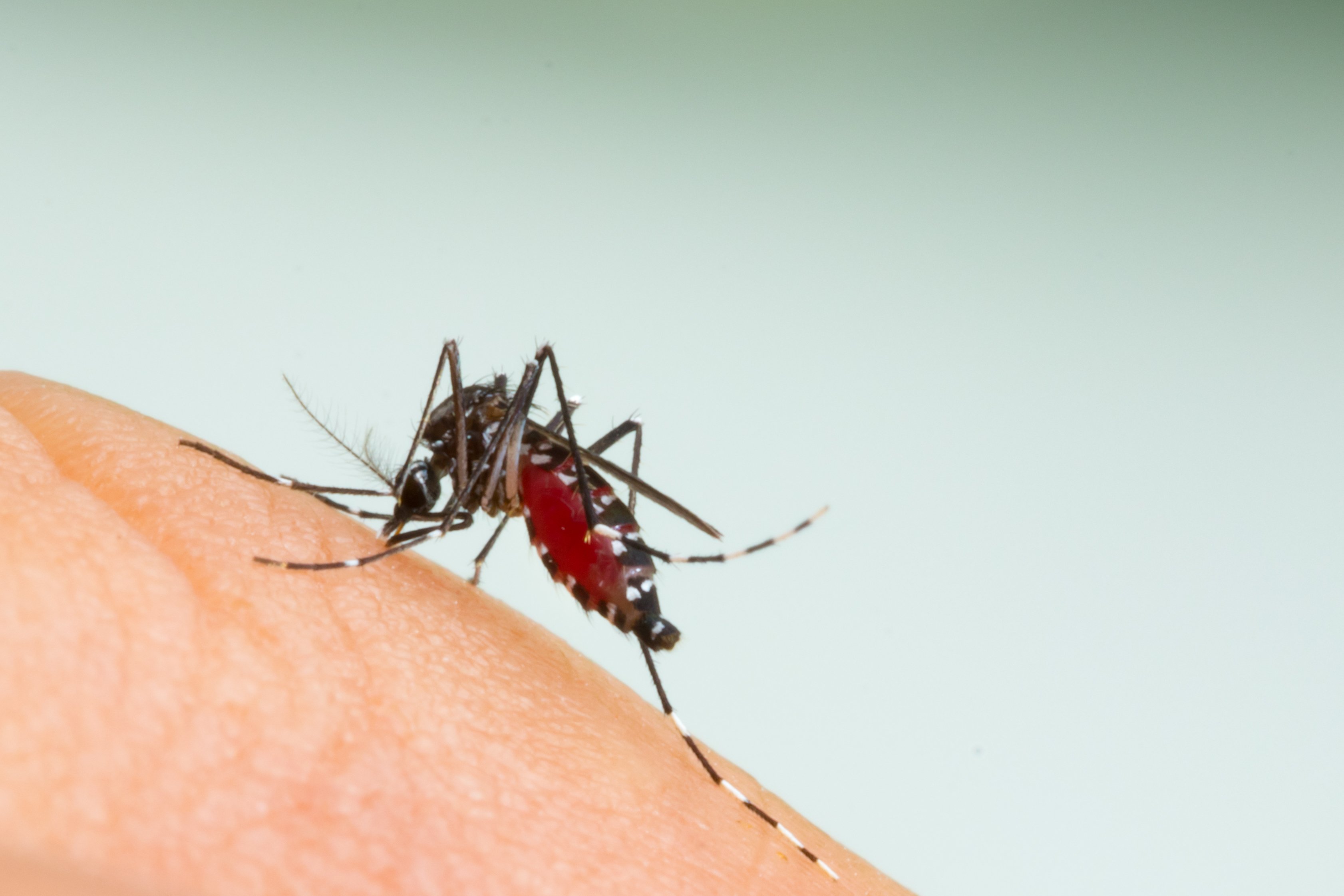This site provides INTERCEPT product information for International audiences Select your region
This site provides INTERCEPT product information for International audiences Select your region

The West Nile virus (WNV) is an enveloped RNA virus, well-known since 1937. Originally from Africa, it has now reached temperate climate zones. The virus mainly infects birds, but can also be transmitted to humans by mosquitoes – or by contaminated blood products!
Mosquitoes are known to transmit many dangerous infections, e.g. dengue fever and malaria. Far less known in the population is the threat from the West Nile virus. In recent years, cases of the West Nile virus have been repeatedly reported in Germany – all related to travel. In late summer 2019, the first autochthonous, mosquito-transmitted case of West Nile fever in Germany became known: the affected person suffered meningeal encephalitis because the virus can cross the blood-brain barrier.
New viruses endanger blood security
Since more and more new pathogens are coming to Germany, experts are in favour of introducing pathogen inactivation (PI) methods because conventional tests are time-consuming and inadequate. PI is still relatively new for German Blood Centres, but several of them have validated the technology and obtained PEI approval.
Infections with the West Nile virus are notifiable. The Robert Koch Institute recommends physicians with patients with encephalitis of unclear origin should have them examined for the West Nile virus. If fever with and without skin rash occurs, the virus should be considered as a trigger.
And for German Blood Centres, now is the time to prepare for the increase in WNV infections in the donor population!
Reference:
https://www.aerzteblatt.de/nachrichten/106344/West-Nil-Virus-Infektion-Erster-durch-Stechmuecken-uebertragene-Fall-in-Deutschland-bestaetigt
https://tierseucheninfo.niedersachsen.de/anzeigepflichtige_tierseuchen/seuchen_verschiedener_tierseuchen/westnilfieber/west-nil-fieber-21711.html
https://www.rki.de/DE/Content/InfAZ/W/WestNilFieber/West-Nil-Fieber_Ueberblick.html
Want to stay updated on the latest pathogen inactivation news?
You can receive our highlights by subscribing to our newsletter.
Do you have questions about the INTERCEPT™ Blood System, blood safety or blood transfusions? The INTERCEPT team has plenty of knowledge and expertise.
The information on this site is not country-specific, and may contain information that is outside the approved indications for the country in which you are located.
Use of INTERCEPT Plasma or Platelets is contraindicated in patients with a history or allergic response to amotosalen or psoralens. Consult instructions for use for indications, contraindications, warnings, and precautions.
Cerus, INTERCEPT and the Cerus logo are trademarks of Cerus Corporation.
© 2023 Cerus Corporation. All Rights Reserved. MKT-EN 00157 v43.0